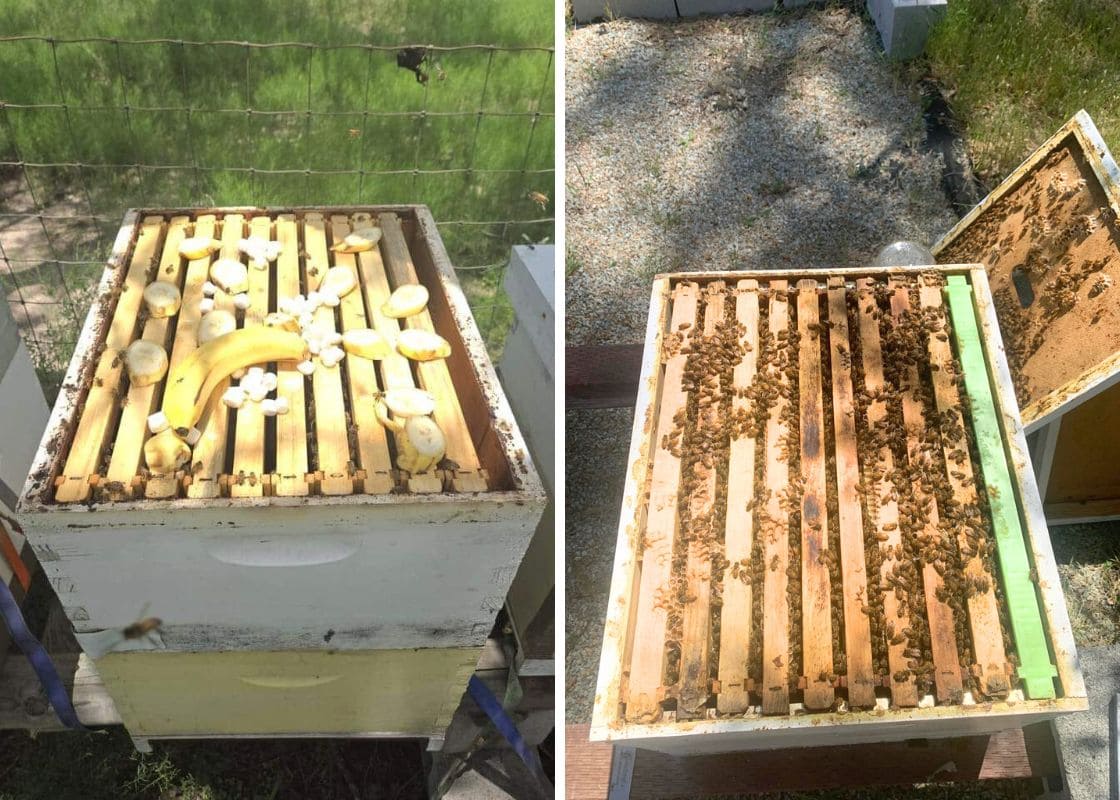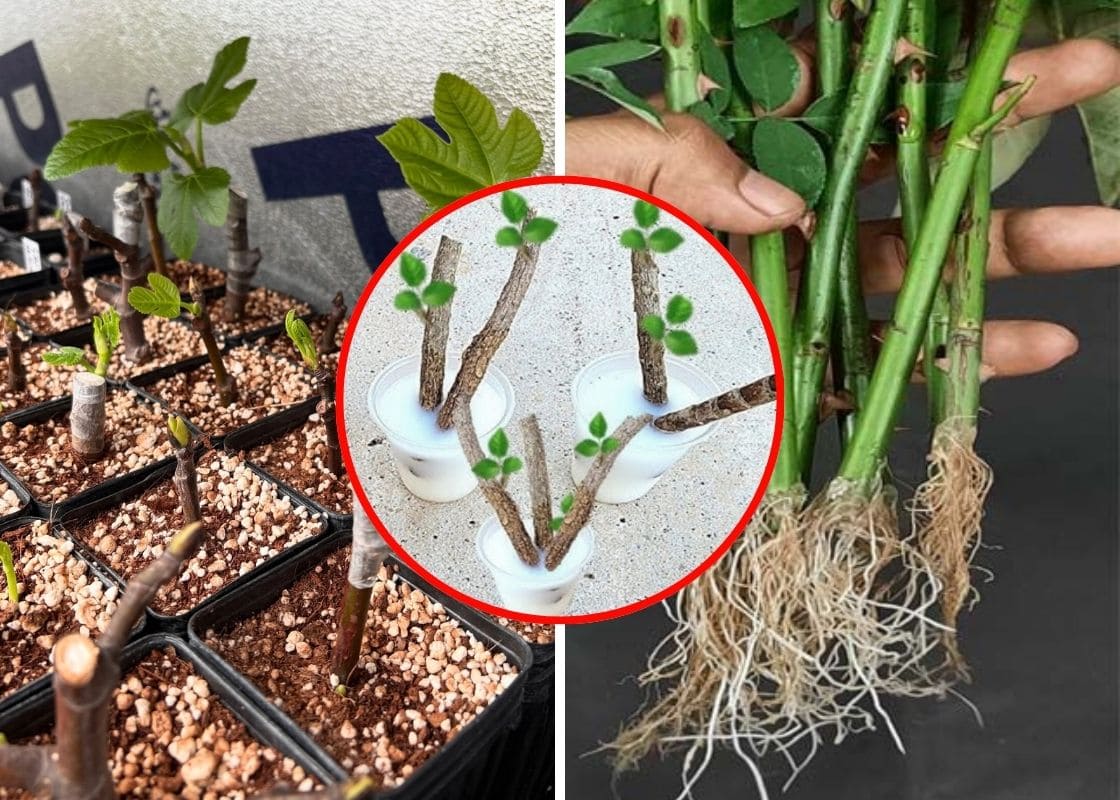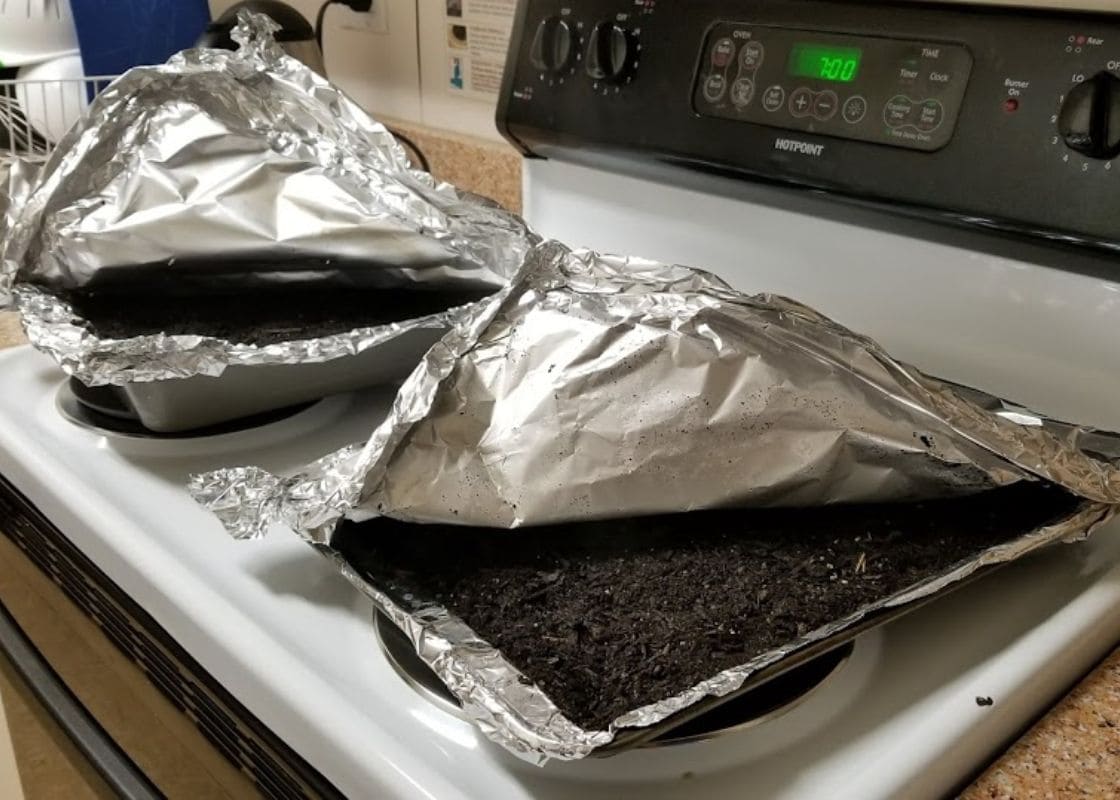If you’ve ever grown Sempervivum, often called hens and chicks, you know they’re one of the most rewarding succulents.
A single rosette (the hen) sends out little offsets (the chicks) that cluster around her, eventually forming carpets of jewel-like plants.
For collectors, the more chicks the better because more pups mean more color, more texture, and more chances to propagate.
But sometimes, the hen doesn’t seem in the mood to multiply. Maybe you’ve had the same rosette sitting there for months with no new growth around it.
If that sounds familiar, don’t worry, Sempervivum pup production can be encouraged. Here’s an in-depth guide to help you get there.
1. Give Sempervivum Full Sunlight
Sempervivum are mountain dwellers. In their native habitats, they grow on exposed rocky slopes with little protection from the elements.
That’s why they crave sun. Without at least 6-8 hours of direct light daily, Sempervivum won’t reach their full potential.
When light is too low, they often stretch upward, becoming floppy instead of compact.
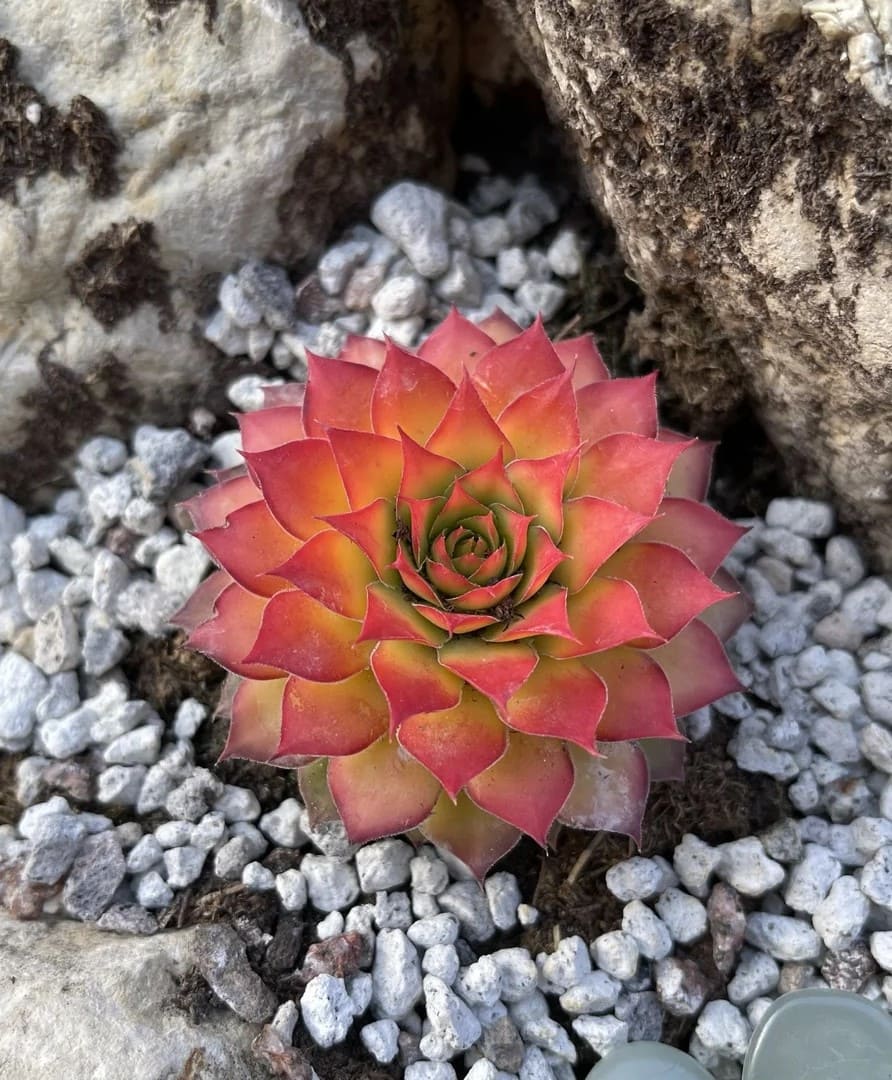
Outdoors, a south-facing spot is best. Indoors, they need a bright windowsill or a strong grow light as ordinary room light just won’t cut it.
2. Use Gritty, Well-Draining Soil
Sempervivum roots don’t like sitting in soggy soil.
Poor drainage stresses the mother rosette, making her put all her energy into staying alive rather than making chicks.
On the other hand, a gritty mix mimics their alpine environment, encouraging healthy roots and plenty of offsets.
A good recipe is 50% cactus soil plus 50% coarse sand, pumice, or perlite. If planting in the ground, you should amend heavy soil with gravel or grit to improve drainage.
Rock gardens, raised beds, or stone troughs are almost perfect environments as they drain fast and stay airy.
3. Keep Pots Shallow and Snug

It might seem logical to give them a huge pot, but Sempervivum actually prefer feeling crowded.
When the roots sense limited space, the plant instinctively produces more pups to fill in gaps.
4. Feed Lightly (But Wisely)
Sempervivum don’t need heavy feeding, but a small push in spring can jumpstart pup production.
Use a diluted cactus fertilizer with low nitrogen (something like 5-10-10). A single feeding in spring, and maybe again mid-summer, is usually enough.
Tip:
If you’re using coffee grounds or compost in the soil, that can also give a natural nitrogen boost without risking fertilizer burn.
5. Water the Right Way

Sempervivum are drought-tolerant, so you give them a thorough drink, then wait until the soil is completely dry before watering again.
Additionally, in nature, when conditions are tough, Sempervivum produce more chicks as a survival strategy.
So if you let the soil stay dry for a little longer than usual (without letting the rosette shrivel), you can sometimes stimulate more pups.
6. Trim Flower Stalks Early
Sempervivum are monocarpic, each rosette dies after flowering. Once you see that tall bloom stalk, the mother plant is on her way out.
But some growers cut the flower stalk early, before it fully develops, to redirect energy back into pup production.
It doesn’t always work, but in many cases, the plant responds by producing a last burst of chicks.
7. Let Sempervivum Feel the Cold
Sempervivum are among the hardiest succulents you can grow, tolerating freezing winters without complaint.
In fact, a cold rest often triggers better pup production in spring. If you’re in USDA zones 3-8, simply leaving them outside year-round is enough.
In warmer climates, consider giving them a cool rest period by placing them in a shaded, chilly corner of the garden or on a balcony.
8. Divide and Replant Sempervivum for a Fresh Start

If your rosette stubbornly refuses to pup, sometimes a little disruption helps.
Gently lift it, refresh the soil with a gritty mix, and replant it in a sunnier, snugger spot. The stress of re-establishing often encourages the plant to reproduce.
9. Plant Sempervivum in Rocky Crevices or Troughs
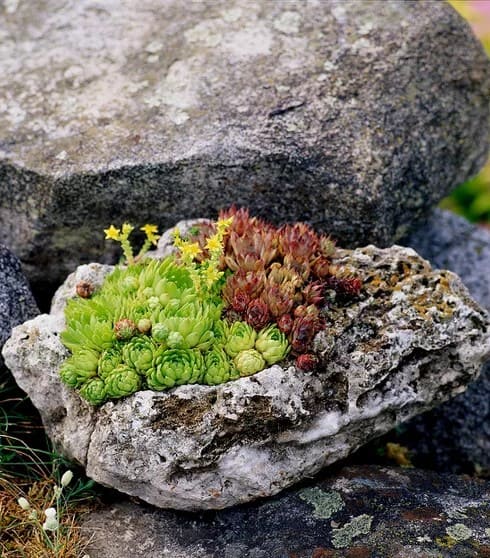
Sempervivum thrive in tight, rocky spaces.
You can plant them in cracks between paving stones, rock walls, or stone troughs, and they’ll naturally produce offsets to fill every crevice.
This setup not only looks stunning but also mirrors their alpine environment, where multiplication is their survival strategy.
Over time, the space will be packed with rosettes of varying sizes and colors, creating a living mosaic.
Final Thoughts
Watching a Sempervivum colony expand is one of the true joys of gardening. It’s a reminder of how resilient and resourceful these little plants are.
If yours are slow to produce chicks, don’t get discouraged. Sun, soil, water, and stress all play a role in telling a hen it’s time to make chicks.
With a bit of patience and a few tricks, you’ll soon find your pots and rock gardens overflowing with rosettes.


